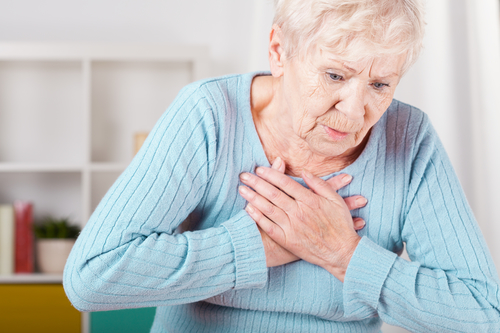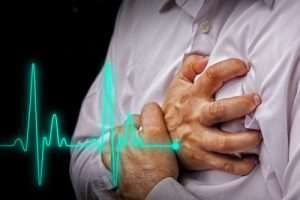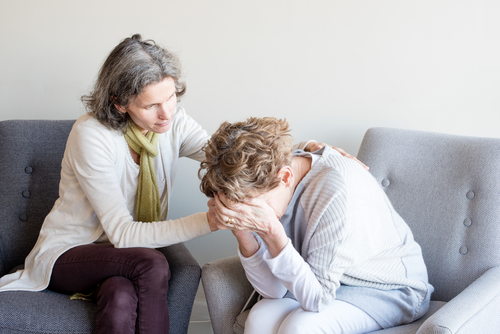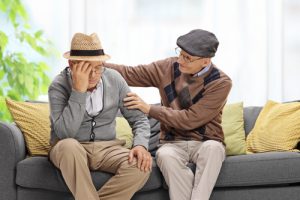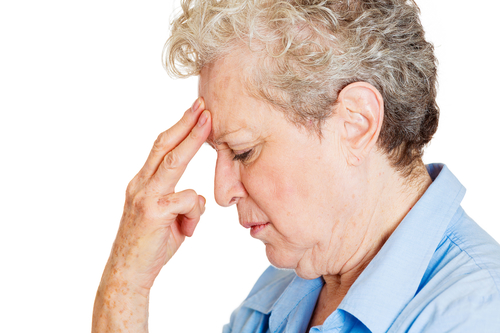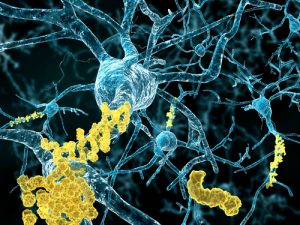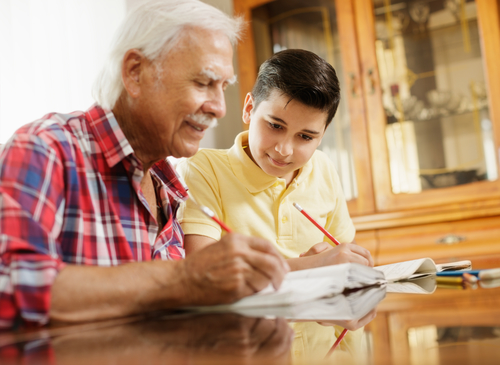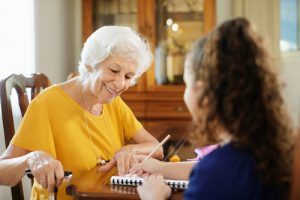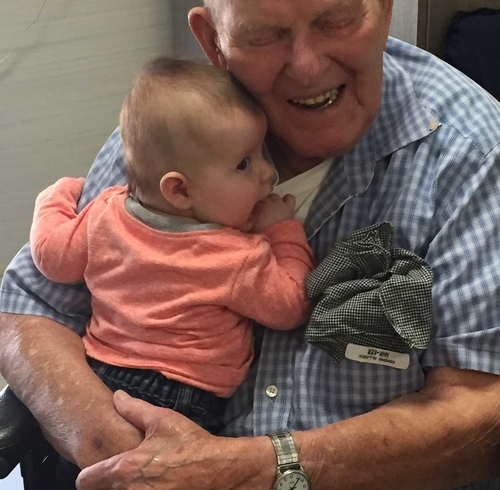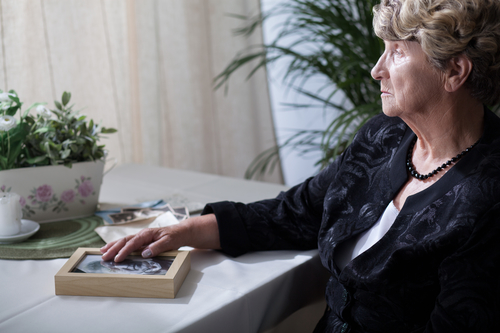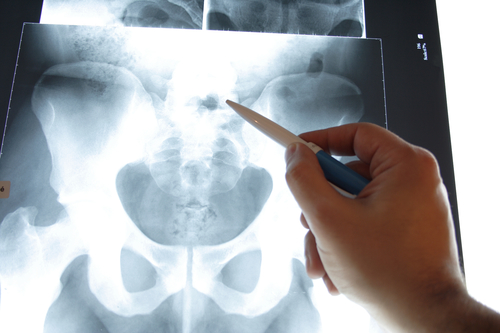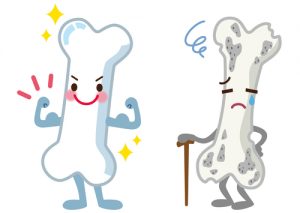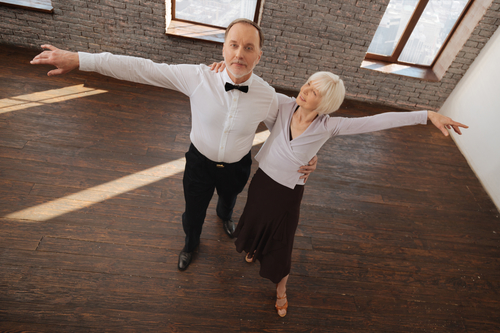
David Leventhal is teaching a dance class for those with Parkinson’s disease. The disease, which affects one in a hundred people over sixty, is a degenerative neurological disorder. The class was developed by the Mark Morris Dance Group (MMDG), and doesn’t charge the students of the class. Leventhal takes special care of each of these individuals to make sure they have a good time and can participate.
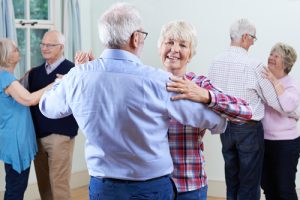
What the Dance Class is Like
To start the class, there is an exercise that requires the dancers to greet each other. A piano plays in the background, encouraging participants to get up and moving. Leventhal’s co-teacher is current MMDG dancer, Lesley Garrison. She guides the students through some moves that the MMDG will be performing later. Leventhal and Garrison like to challenge the class with difficult patterns and movements. It’s not just exercise, it’s art. By challenging the students, they can slowly improve their balance and motor skills that start to fail due to the disease.
The class gives those with Parkinson’s self-confidence and a brighter spirit. The dancers even came up with the idea of staging a performance, and the project brought them into a close-knit community focused on a single goal. Their final performance displays the strength and grace that they’ve been able to access through dance.
When This Dance Class Started
The dance program started in 2001 when the Director of the Brooklyn Parkinson Group, Olie Westheimer, approached the dance company with the idea. Two dancers from MMDG, John Heginbotham and David Leventhal, along with a professional musician, started leading monthly classes for a small group of people. In 2004, MMDG began to teach classes in cities where they toured. The program is now offered in over 250 communities in 24 countries. MMDG has worked with medical professionals, dance teaching artists, and therapists who work with people with Parkinson’s disease to showcase the benefits of the class.
Read more here.


